How To Calculate Power To Weight Ratio Cycling
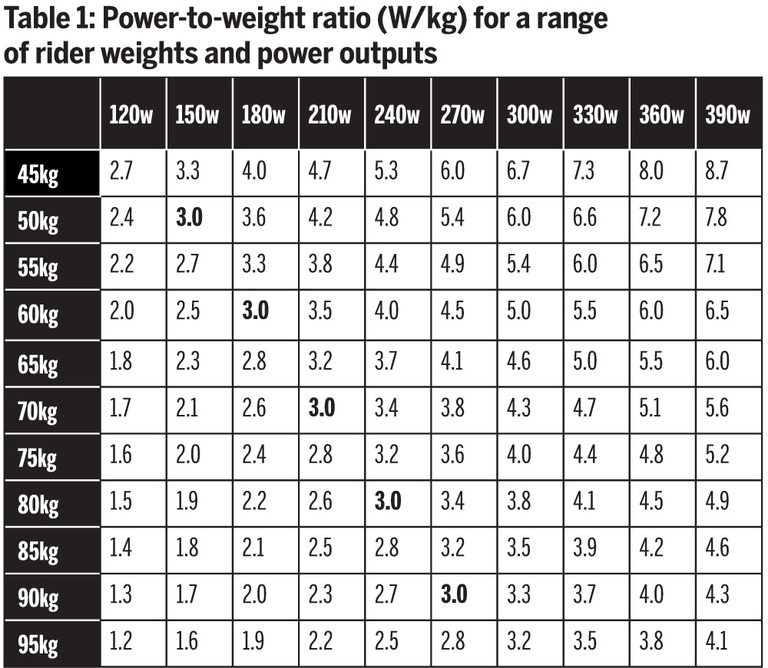
The following power-to-weight calculator will calculate your W/kg based on your power and weight. Enter your weight and average power output to calculate your power-to-weight ratio: kg lb CALCULATE Use your weight only. The weight of the bike and other equipment should be excluded. How Does My Power-to-Weight Compare to Others?
Trends in engine specific power and vehicle powertoweight ratio Download Scientific Diagram

Horsepower: The amount of power produced by the engine or motor. Weight: The mass of the vehicle or equipment. For example, if a car has an engine that produces 300 horsepower and weighs 3,000 pounds, the HP to Weight Ratio can be calculated as: HP to Weight Ratio = 300 hp / 3000 lbs = 0.1 hp/lb. A higher HP to Weight Ratio indicates a better.
PowertoWeight Ratio for Cyclists When Watts/kg Matters, and How to Improve It TrainerRoad Blog
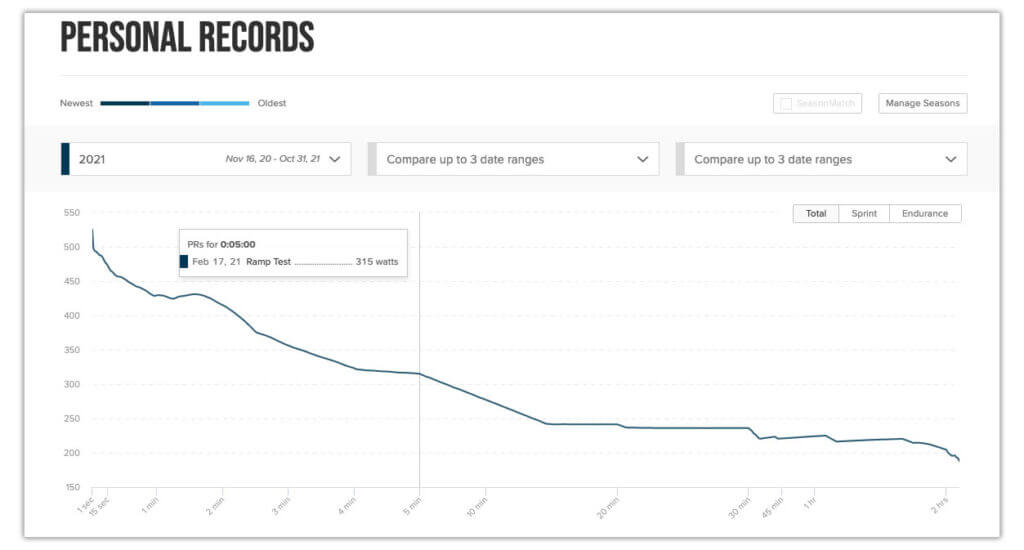
Calculating PWR It's very easy to calculate a power-to-weight ratio. Simply divide the power output of a vehicle by its weight. For example, if you have a car that weights 2000 pounds and has 250 hp, the PWR will be as follows: 250 / 2000 = 0.125 hp for every pound of car. Power-to-weight ratio (PWR) formula
IVM60 mph PowertoWeight Ratio of the Midsize Vehicle Download Scientific Diagram

The power-to-weight ratio is a vehicle specification which somehow uniforms the comparison of the performance of a vehicle-engine pair. The ability of an engine to supply a vehicle with acceleration and speed is measured in power.
Power To Weight Ratios and How Kenny Approaches Each Mustang YouTube

Power to Weight Ratio (PWR) Formula: The power to weight ratio calculator uses the following formulas to calculate the power to weight ratios of moving vehicles. PWR (hp/lb) = P (hp) / WT (lb) PWR (W/kg) = P (W) / WT (kg) Calculating power to weight ratio (PWR)
Power to Weight Ratio, why it matters to cyclists BikeRaceInfo
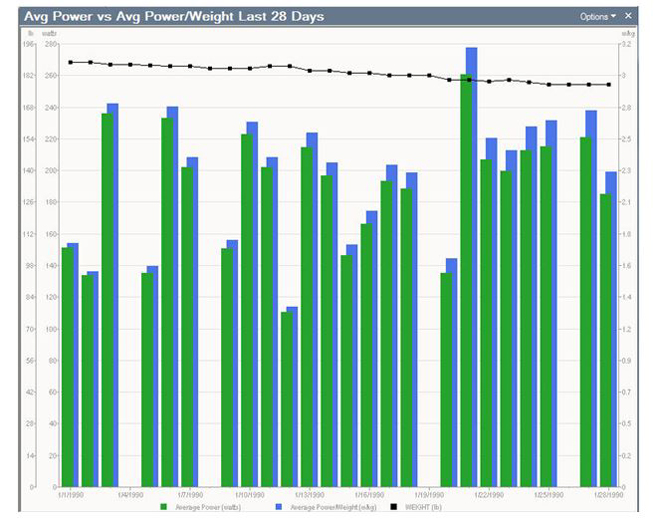
Fitness & Performance Last Updated: November 20, 2023 Your power to weight ratio is an important indicator of your cycling performance, particularly your climbing abilities. In this article, we'll discuss power to weight ratio for cycling, why it matters, and how to measure your power-to-weight ratio on the bike. We'll be covering:
Cycling Coach, Usa Cycling, Find Your Strengths, Your Strengths And Weaknesses, Mountain Bike

Power to weight ratio is used to measure the actual performance of any engine or power source as a whole. It is equal to thrust per unit mass multiplied by the velocity of any vehicle. This online vehicle horsepower to weight ratio calculator will in comparison of units or designs from one unit to the other.
Science of climbing why powertoweight ratios matter The Climbing Cyclist
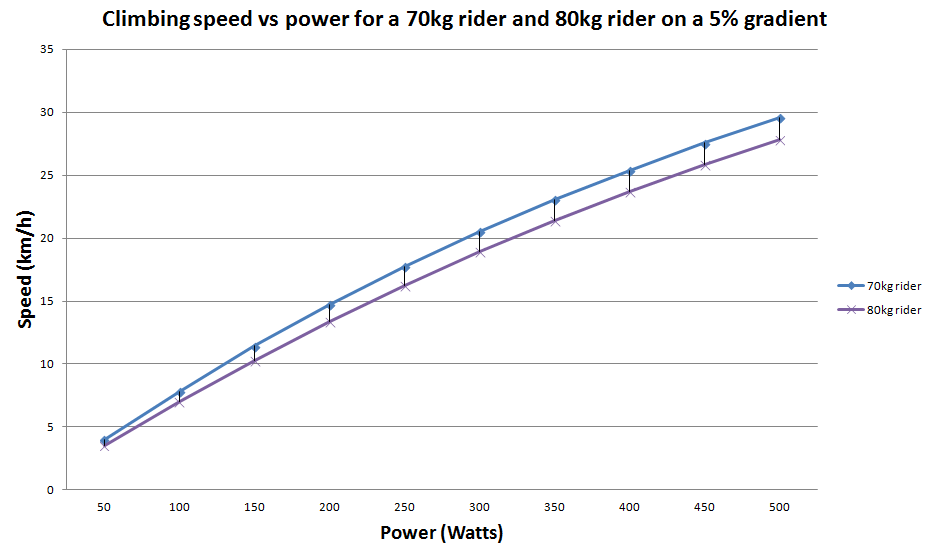
To determine your PWR, divide your body weight in pounds by 2.2 to convert it to kilograms, then divide your functional threshold power (FTP) by your weight in kilograms. Average FTP / [Body.
Science of climbing why powertoweight ratios matter The Climbing Cyclist
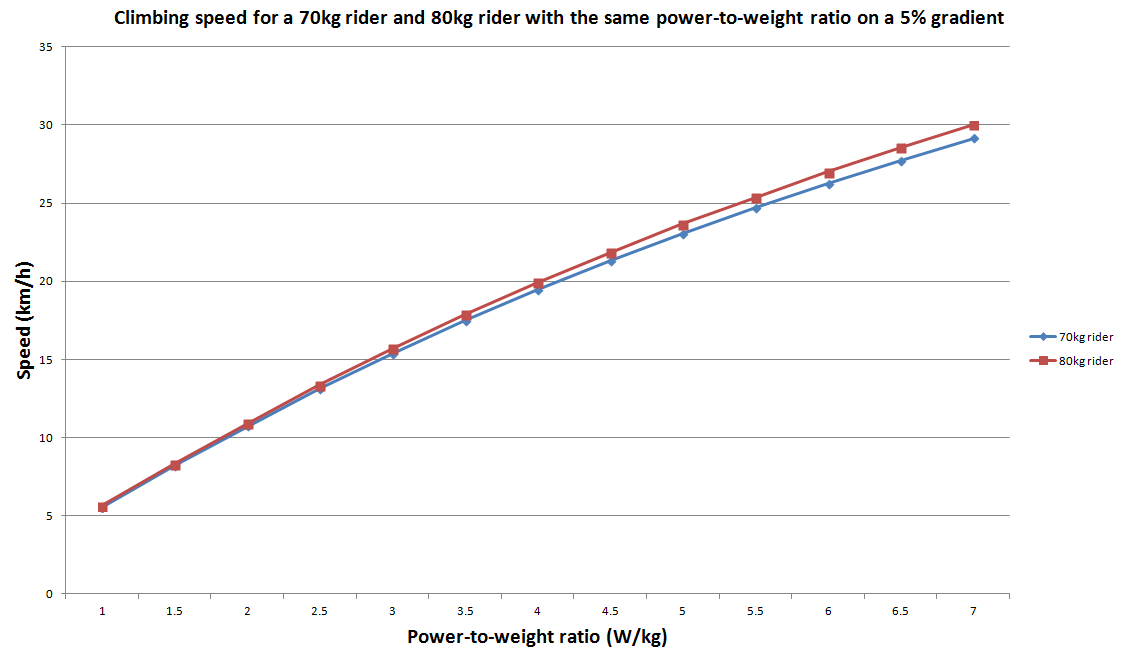
What is Power-to-Weight Ratio (and Why Does it Matter)? This helpful tool can be used to set training zones and track performance gains over time. Understand more about power-to-weight ratio using our charts and expert tips from coaches Joe Friel and Dan Plews. Published Nov 17, 2022 Brittany Bevis High five Photo: Alex Bierens de Haan/Getty Images
How To Calculate Power To Weight Ratio For Your Car?
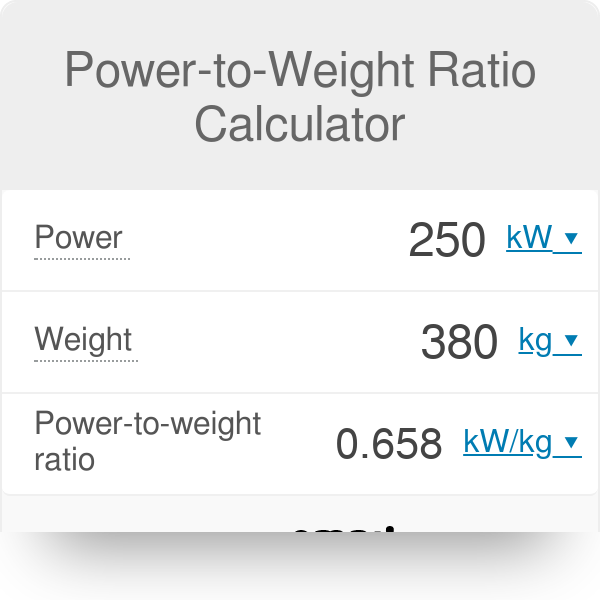
Power-to-weight ratio (PWR, also called specific power, or power-to-mass ratio) is a calculation commonly applied to engines and mobile power sources to enable the comparison of one unit or design to another. Power-to-weight ratio is a measurement of actual performance of any engine or power source. It is also used as a measurement of performance of a vehicle as a whole, with the engine's.
PowertoWeight Ratio Advanced Steam Traction

Power-to-weight ratio: 3.8 watts per kg body weight. Wattage (total): 305 watts, divided into: Climbing performance. 238 watts. Rolling resistance performance. 24 watts. Air resistance performance. 42 watts. Calories burned: 285 kcal (1192 kJ)
Powertoweight ratio of ICE excavators and EM excavators (continuous... Download Scientific

The power-to-weight ratio is the amount of power a vehicle has in relation to it's weight. A vehicle with a higher power-to-weight ratio is likely to accelerate faster than a vehicle with a lower ratio. This is often why you find motorsports enthusiasts going through the process of weight removal on their cars.
Power To Weight Ratio PDF

The power-to-weight ratio is a measure of performance and efficiency that compares the power output of the system to its weight. The formula used to calculate the power-to-weight ratio is: PTW = Power / Weight In this formula, the power represents the power output of the system, typically measured in units such as horsepower (hp) or kilowatts (kW).
Powertoweight ratio P T W as a function of the efficiency η in (a),... Download Scientific
Your power-to-weight ratio can be calculated as watts (W) divided by your body weight in kilograms (kg), expressed as W/kg. All you need to do is take the power output you can sustain for a.
Power Profile Chart Power to weight ratio, Indoor cycle, Power

Power to Weight | Find, Sort & Compare Car Power-To-Weight Ratios! SEARCH CAR POWER TO WEIGHT STATS Acura Alfa Romeo Aston Martin Audi Bentley BMW Bugatti Buick Cadillac Chevrolet Chrysler Dodge Ferrari Fiat Ford Genesis GMC Honda Hummer Hyundai Infiniti Jaguar Jeep Kia Koenigsegg Lamborghini Land Rover Lexus Lincoln Lotus Maserati Mazda McLaren
I plotted the powertoweight ratio for all current Audi sedans cars

Power-to-weight ratio is a useful measurement of how efficiently your body utilizes its mass to produce power. Overall power is more important than weight in most cycling situations. Some athletes use power-to-weight as a reason to fixate on weight, but this is often counterproductive and unhealthy.